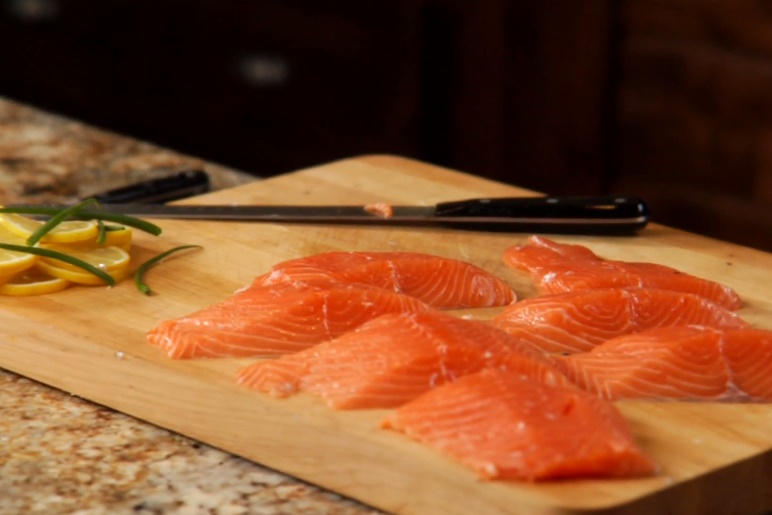Whitefish, a term often used to describe various species of fish with light-colored flesh, is a staple in many cuisines worldwide. Its popularity stems from its delicate flavor, which is neither too overpowering nor too bland, making it a versatile ingredient for a plethora of dishes.
The flaky texture of whitefish further enhances its appeal, allowing it to meld seamlessly with various cooking methods and flavors.
Nutritional Benefits
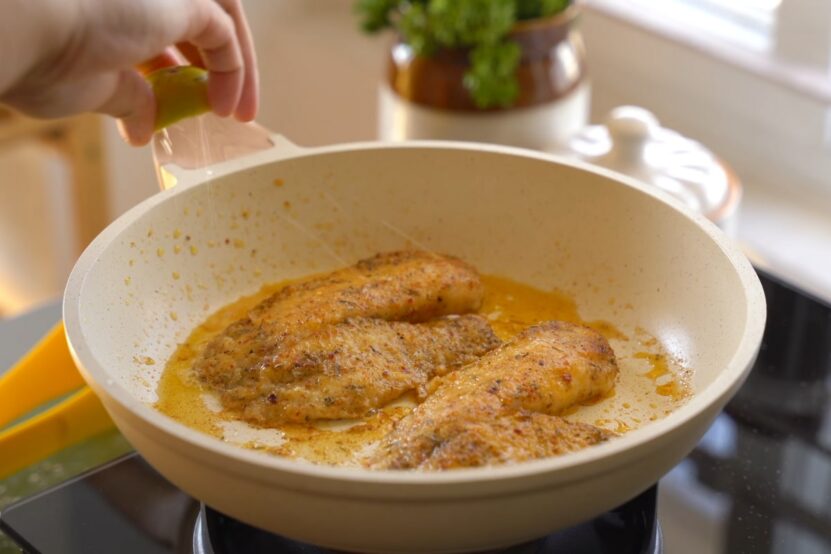
- Protein-Rich: Whitefish is an excellent source of high-quality protein, essential for muscle growth, repair, and overall body maintenance.
- Omega-3 Fatty Acids: These essential fats are known for their heart-protective properties. Regular consumption of this fish can help reduce the risk of heart disease and improve brain health.
- Vitamins and Minerals: Whitefish is also a source of various vitamins and minerals, including Vitamin D, B12, and selenium, which play crucial roles in maintaining optimal health.
Mastering the Art of Filleting Whitefish
For those passionate about cooking, understanding the technique of filleting this kind of fish is crucial. A well-filled fish not only presents better but also cooks more evenly.
The Tools You’ll Need
To fillet a whitefish, you will need the following tools:
- A sharp fillet knife
- A cutting board
- A pair of kitchen shears
- A bowl or plate to catch the fillets
- Gloves (optional)
The Process
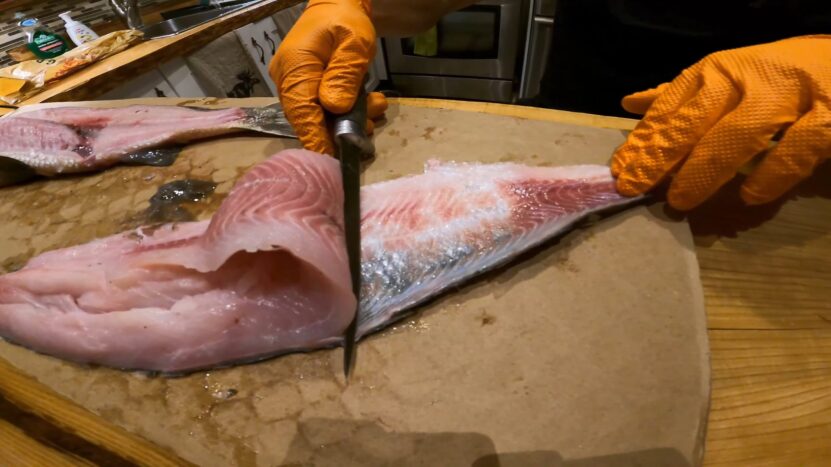
Here are the steps on how to fillet a whitefish:
- Clean the fish. Rinse the fish under cold water and remove any scales. You can use a fish scaler or a sharp knife to remove the scales.
- Make a cut behind the gills. Use your kitchen shears to make a cut behind the gills of the fish. This will help to release the head and backbone.
- Remove the head and backbone. Use your fillet knife to cut along the backbone of the fish, starting at the cut you made behind the gills. Once you reach the tail, cut the backbone free from the fish. You can also use your kitchen shears to cut through the backbone.
- Fillet the fish. Starting at the tail, use your fillet knife to cut along the side of the fish, following the curve of the bone. Once you reach the head, cut around the rib cage and remove the fillet. Repeat this process on the other side of the fish to remove the second fillet.
- Remove the pin bones. Whitefish have small, sharp bones called pin bones that can be difficult to eat. Use your fillet knife to carefully remove the pin bones from the fillets.
- Trim the fillets. Once the pin bones have been removed, you can trim the fillets to your desired size. You can also remove the skin if desired.
Tips for Filleting Whitefish
- Use a sharp knife. A dull knife will make it more difficult to fillet the fish and can also cause the fish to tear.
- Be careful around the bones. Whitefish have small, sharp bones that can be difficult to see. Take your time and be careful not to cut yourself.
- Practice makes perfect. The more you fillet whitefish, the better you will become at it. So don’t be afraid to practice on a few fish before you cook them for dinner.
Common Mistakes to Avoid
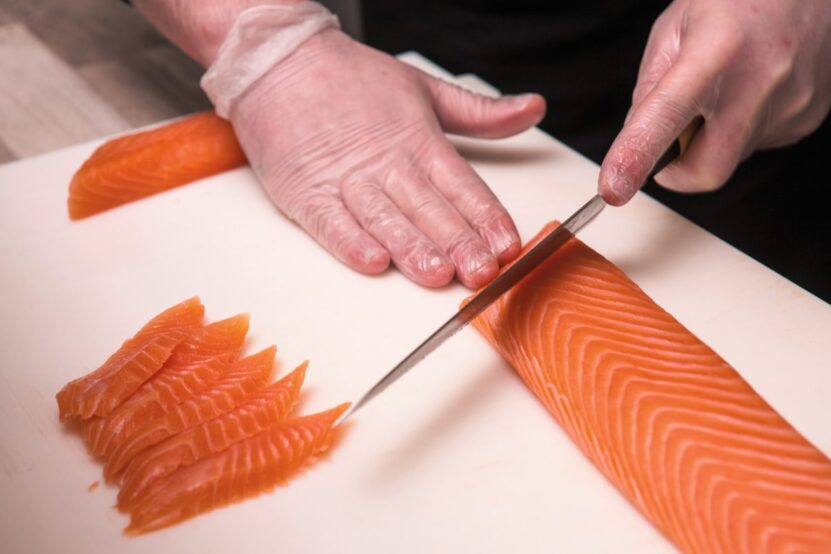
- Using a dull knife. A dull knife will make it more difficult to fillet the fish and can also cause the fish to tear.
- Not removing the pin bones. Whitefish have small, sharp bones called pin bones that can be difficult to eat. It’s important to remove them before cooking the fish.
- Trimming the fillets too much. It’s better to err on the side of caution and leave more meat on the fillets than to trim them too much.
- Not practicing enough. The more you fillet whitefish, the better you will become at it. So don’t be afraid to practice on a few fish before you cook them for dinner.
Why Filleting Whitefish Matters
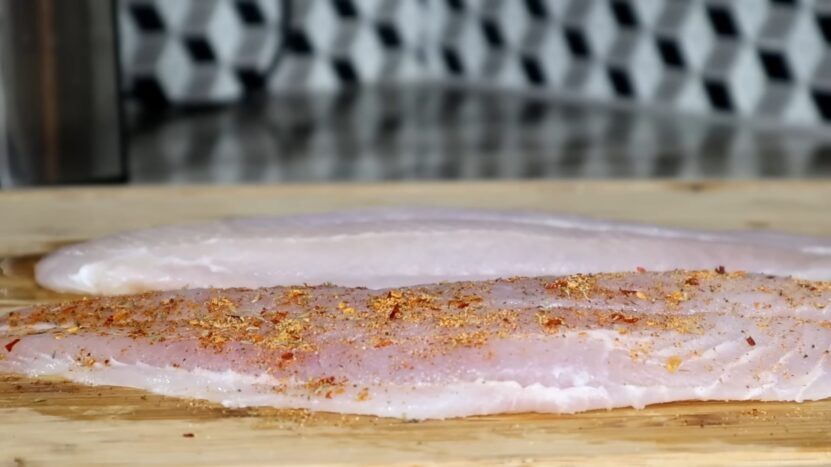
A beautifully filleted piece of whitefish is not only visually appealing but also showcases the chef’s meticulous attention to detail and dedication to their craft. When served, such a well-filled fish becomes the highlight of a gourmet meal, leaving a lasting impression on guests and diners.
Ensuring the fish is uniformly filleted is essential as it guarantees the meat cooks consistently. Achieving this uniformity is vital for the perfect texture and flavor of the dish.
Without it, there’s a risk of uneven cooking, where some parts might be overcooked while others remain undone, thus affecting the dish’s overall taste and quality. Understanding the anatomy of the fish and employing the correct filleting technique is paramount.
It not only allows chefs to extract the maximum amount of meat but also minimizes waste, ensuring they get the best value for their money. Lastly, the importance of proper filleting extends beyond aesthetics and taste. It’s also about safety.
Removing all bones during the filleting process eliminates potential choking hazards, especially for younger diners. This attention to detail ensures that everyone can savor their meal without any concerns about encountering sharp bones.
FAQ
What is the best way to remove the pin bones from a whitefish fillet?
There are a few different ways to remove the pin bones from a whitefish fillet. One way is to use a pair of needle-nose pliers. Another way is to use a pin bone remover.
A pin bone remover is a small, pointed tool that is specifically designed for removing pin bones.
How long does it take to fillet a whitefish?
The time it takes to fillet a whitefish depends on the size of the fish and your skill level. For a small fish, it may only take a few minutes to fillet.
For a larger fish, it may take 10-15 minutes.
What are some other types of fish that can be filleted like a whitefish?
There are many other types of fish that can be filleted like a whitefish. Some popular types of fish that can be filleted include cod, haddock, tilapia, grouper, salmon, and trout.
Where can I buy a whole whitefish?
You can buy whole whitefish at most grocery stores, fish markets, and online retailers.
How do I store whitefish fillets?
Whitefish fillets can be stored in the refrigerator for up to 3 days or in the freezer for up to 3 months.
Enjoy Your Filleted Whitefish!
Once you’ve filleted your whitefish, you can cook it in any way you like. It’s delicious baked, grilled, or pan-fried.
So get out there and catch some whitefish!
